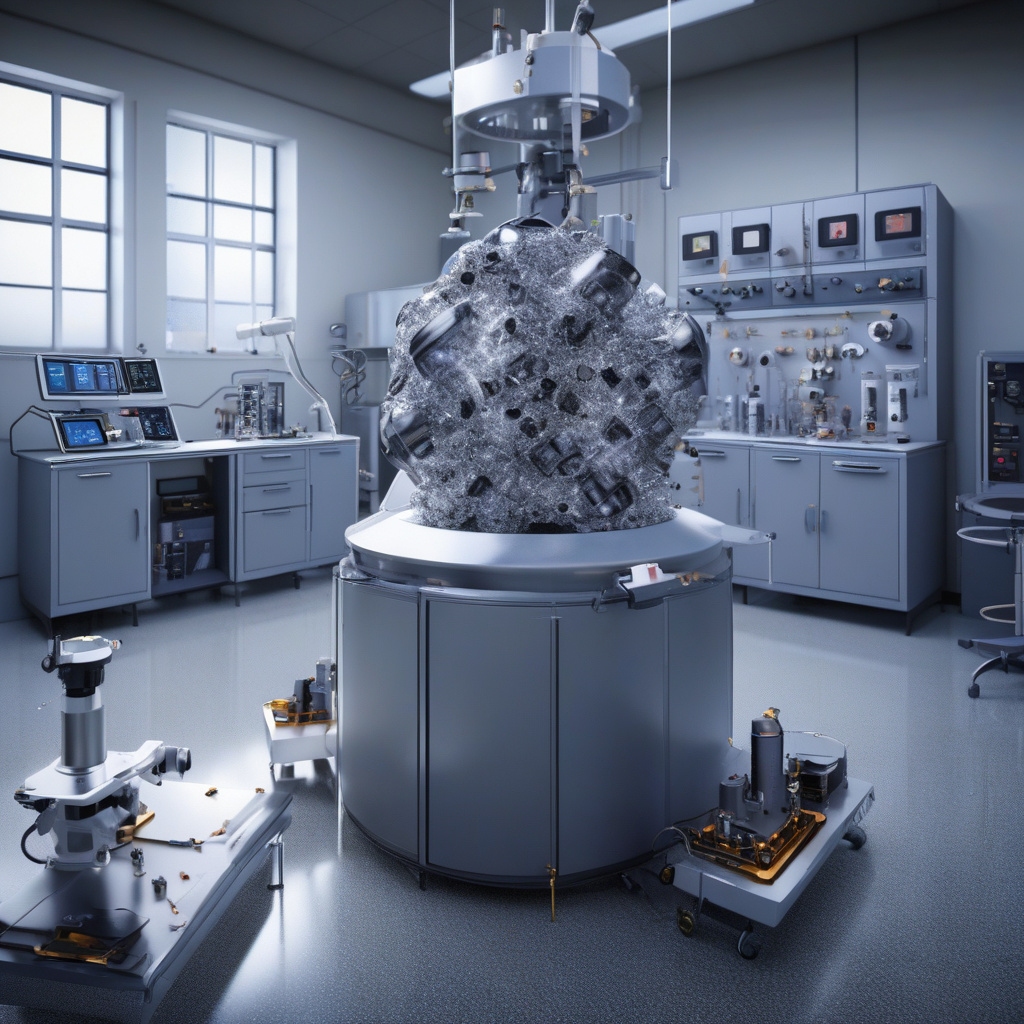Rare Graphite Flakes: The Dual Nature of Superconductivity and Magnetism at 300 Kelvin
For hundreds of years, scientists have believed that superconductivity and magnetism are arch-enemies and can’t coexist in the same material at moderate temperatures. However, a recent groundbreaking discovery has shattered this long-standing belief. Researchers have found that rare graphite flakes exhibit dual behavior, acting as both a superconductor and a magnet at a relatively high temperature of 300 Kelvin.
This unprecedented finding challenges the conventional wisdom in the field of condensed matter physics and opens up a new realm of possibilities for the development of novel materials with unique properties. Superconductors, materials that can carry electrical current without any resistance, have long been coveted for their potential applications in various industries, ranging from energy transmission to medical imaging. On the other hand, magnets play a crucial role in modern technology, from electric motors to data storage devices.
The coexistence of superconductivity and magnetism in the same material has been a subject of intense research due to the fundamental differences in their underlying mechanisms. Superconductivity arises from the formation of paired electrons, known as Cooper pairs, which move through the material without dissipating energy. In contrast, magnetism results from the alignment of magnetic moments in the material, leading to the attraction or repulsion of other magnetic materials.
The discovery of rare graphite flakes that exhibit both superconducting and magnetic properties at 300 Kelvin challenges the traditional understanding of the relationship between these two phenomena. This dual behavior suggests that there may be new mechanisms at play that enable the coexistence of superconductivity and magnetism in the same material, even at temperatures higher than ever observed before.
The implications of this discovery are far-reaching and could pave the way for the development of advanced technologies with unprecedented capabilities. For instance, materials that exhibit both superconducting and magnetic properties could lead to more efficient energy transmission systems, ultrafast magnetic storage devices, and even new types of quantum computers.
Moreover, the ability to control and manipulate both superconductivity and magnetism in a single material could revolutionize various fields, including electronics, telecommunications, and quantum information processing. By harnessing the unique properties of these dual-behavior materials, scientists and engineers may unlock a new era of innovation and discovery.
In conclusion, the recent discovery of rare graphite flakes that behave as both a superconductor and a magnet at 300 Kelvin represents a major breakthrough in the field of condensed matter physics. This finding not only challenges existing paradigms but also offers a glimpse into a future where materials with dual functionalities could transform technology as we know it. As researchers continue to investigate the underlying mechanisms of this dual behavior, the possibilities for new applications and advancements are virtually limitless.
superconductivity, magnetism, graphite flakes, dual behavior, advanced materials












